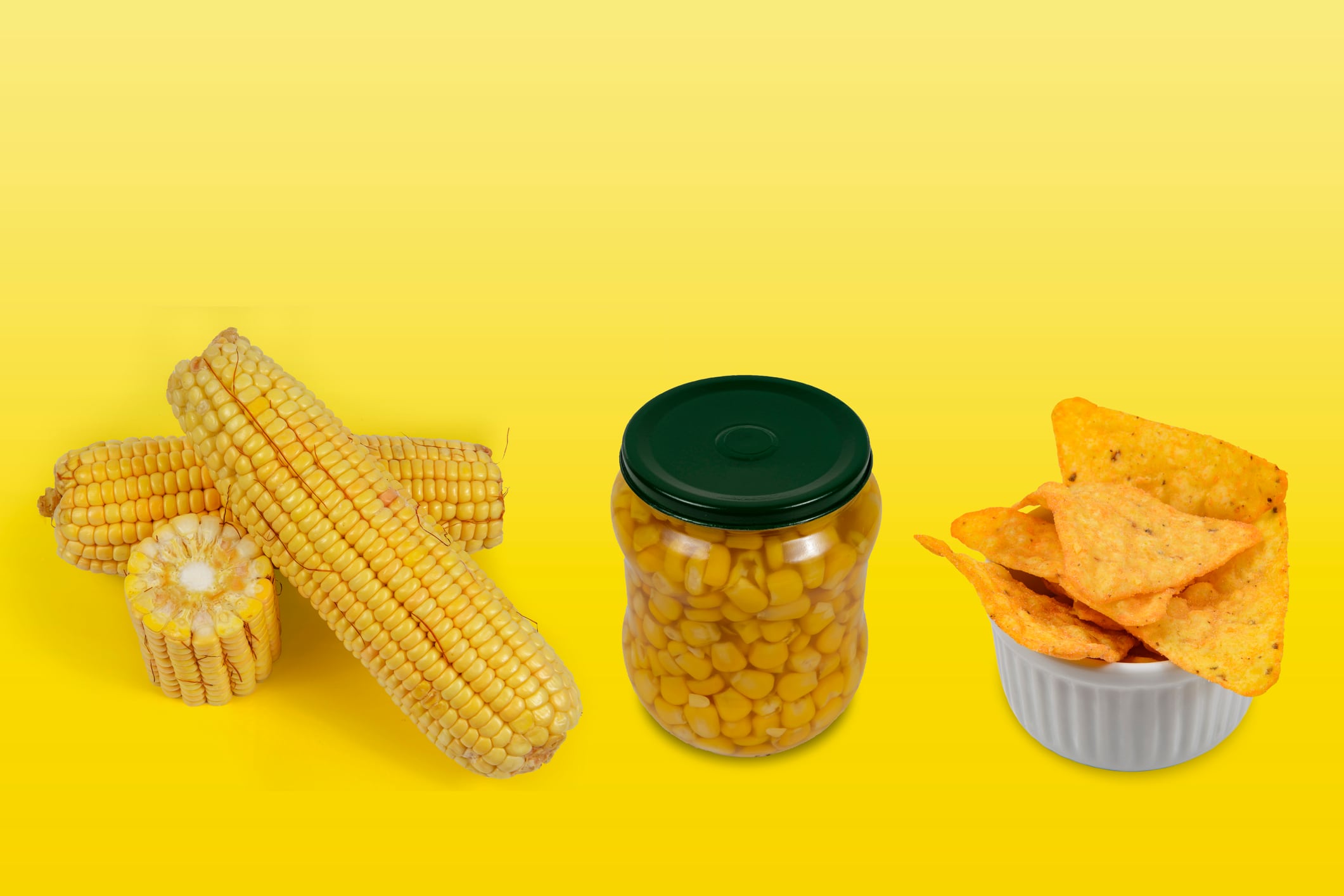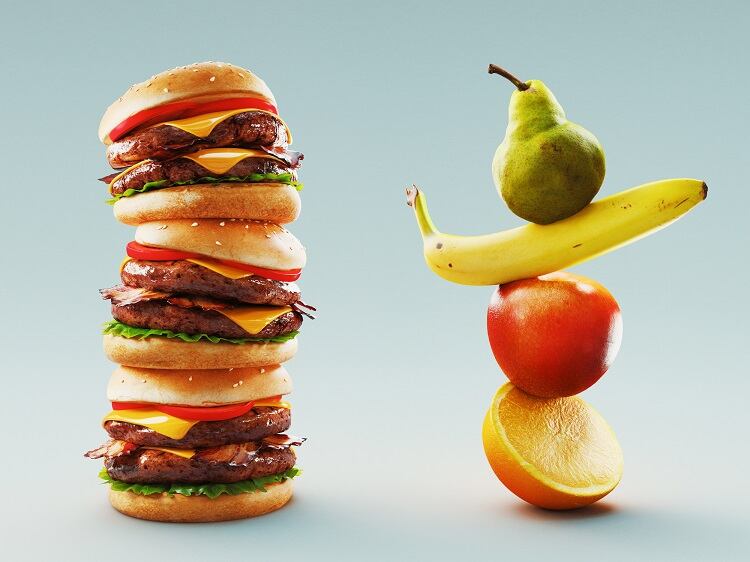The extent to which a food or beverage product is processed is of increasing interest to stakeholders – ranging from nutritionists to consumers and policymakers – concerned about the impact of ultra-processed food on human and planetary health.
But the system most widely-used to assess food processing, the NOVA classification system, has received criticism with claims its NOVA 4 ultra-processed food category is too heterogenous.
In response, researchers out of Massachusetts, have developed a machine learning algorithm they say can ‘build on’ and ‘extend’ NOVA to accurately predict the degree of processing for any food.
What’s wrong with NOVA?
Amid a growing number of studies suggesting links between ultra-processed food (UPF) and health risks, the degree to which food is processed is well and truly in the spotlight.
Most categorise degree of processing by turning to the NOVA system, developed in 2009. NOVA splits levels of food processing into four classifications: raw and minimally processed foods; processed culinary ingredients; processed foods; and ultra-processed foods.
Although epidemiological studies based on the NOVA 4 (UPF) classification have yielded important findings, researchers from Northeastern University and Tufts School of Medicine in Boston suggest its qualitative nature can result in ‘inconsistencies’ and ‘ambiguities’. Further, they believe it limits research into the impact of processed food.
Amongst the criticisms, the researchers note that all the observed risk for the NOVA classification is in the NOVA 4 class, which represents a ‘large and heterogeneous category’ of ultra-processed food that limits researchers’ ability to investigate the health implications of different gradations of processing.
Elsewhere, the NOVA system has similarly been criticised. In a media briefing hosted by FoodDrinkEurope last week, Gert Meijer, chairman of the European Technology Platform (ETP) Food for Life, and deputy head for corporate regulatory and scientific affairs at Nestlé, took issue with the systems’ failure to ‘understand the relationship between food intake and health’.
Edith Feskens, professor of Global Nutrition at Wageningen University in the Netherlands criticised the NOVA system for failing to distinguish between different ‘NOVA 4’ products – such as carbonated soft drinks and bread.
Machine learning with nutrition inputs
In response, the researchers have turned to FoodProx a machine-learning classifier trained to predict the degree of processing of any food in a reproducible, portable, and scalable fashion.
FoodProX relies on nutrients as input, which the researchers explain is because the list of nutrients in a food is consistently regulated and reported worldwide; and their quantities in unprocessed food are constrained by physiological ranges determined by biochemistry.
Further, food processing systematically and reproducibly alters nutrient concentrations through combinatorial changes detectable by machine learning.
FoodProX allows the researchers to define a continuous index (FPro) that captures the degree of processing of any food. Further, it helps the researchers to quantify the overall diet quality of individuals and ultimately reveal the statistical correlations between the degree of processing characterising individual diets and multiple disease phenotypes.
The researchers calculated individual food processing scores (iFPro) for more than 20,000 individuals with dietary records in a representative US national samples from 1999-2006.
The findings
Findings suggest that individuals with a high food process score show positive associations with risk of metabolic syndrome, diabetes, and also a family history of heart attack or angina.
Individuals with a higher food processing score also exhibited higher blood pressure, trunk fat, measures of obesity, blood insulin, triglyceride levels, and lower ‘good’ HDL cholesterol.
“A greater consumption of more extensively processed foods correlates with lower levels of vitamins in our bloodstream, like vitamin B12 and vitamin C, despite the fact that ultra-processed breakfast cereals and refined flours are frequently fortified with these vitamins and minerals,” noted the researchers.
The researchers believe FoodProX allows for the current NOVA classification to be ‘built upon’ and ‘extended’, including by quantifying the extent of food processing among the large and ‘homogenously’ categorised groups of ultra-processed foods.
“Given that our algorithm only needs the Nutrition Facts, information already accessible to consumers on packaging and via smartphone apps, web portals, and grocery store and restaurant websites, FPro can help monitor the reliance of an individual’s diet on less or more processed food.”
Source: Nature Communications
‘Machine learning prediction of the degree of food processing’
Published 21 April 2023
DOI: https://doi.org/10.1038/s41467-023-37457-1
Authors: Giulia Menichetti, Babak Ravandi, Dariush Mozaffarian and Albert-László Barabási




